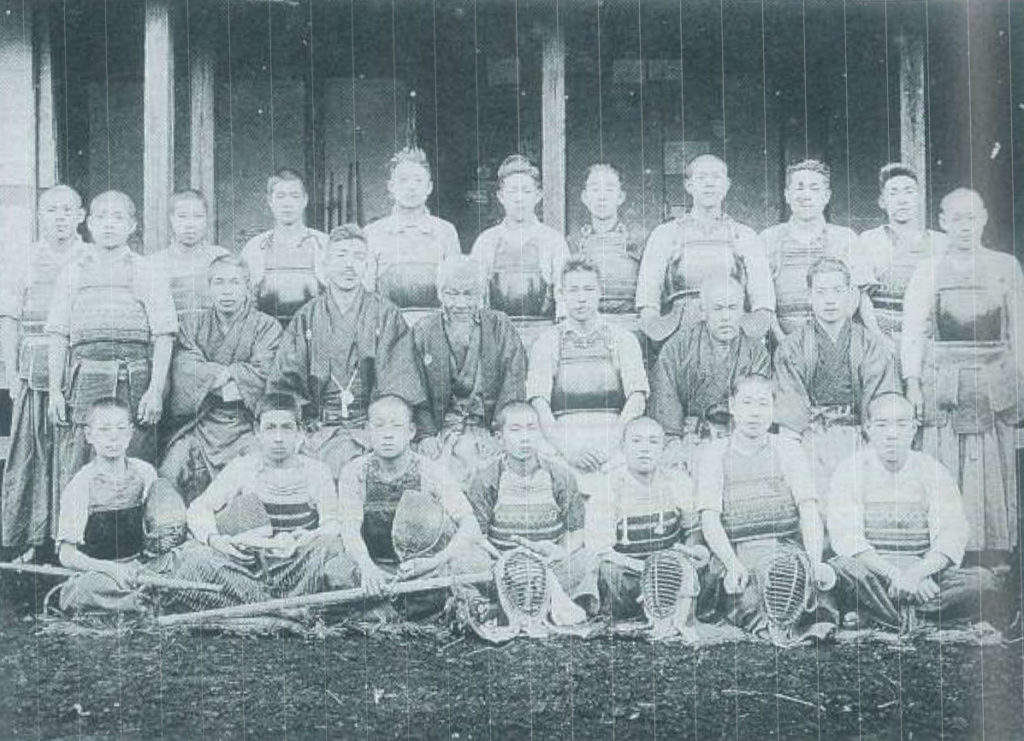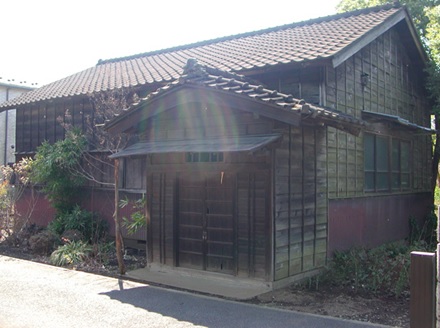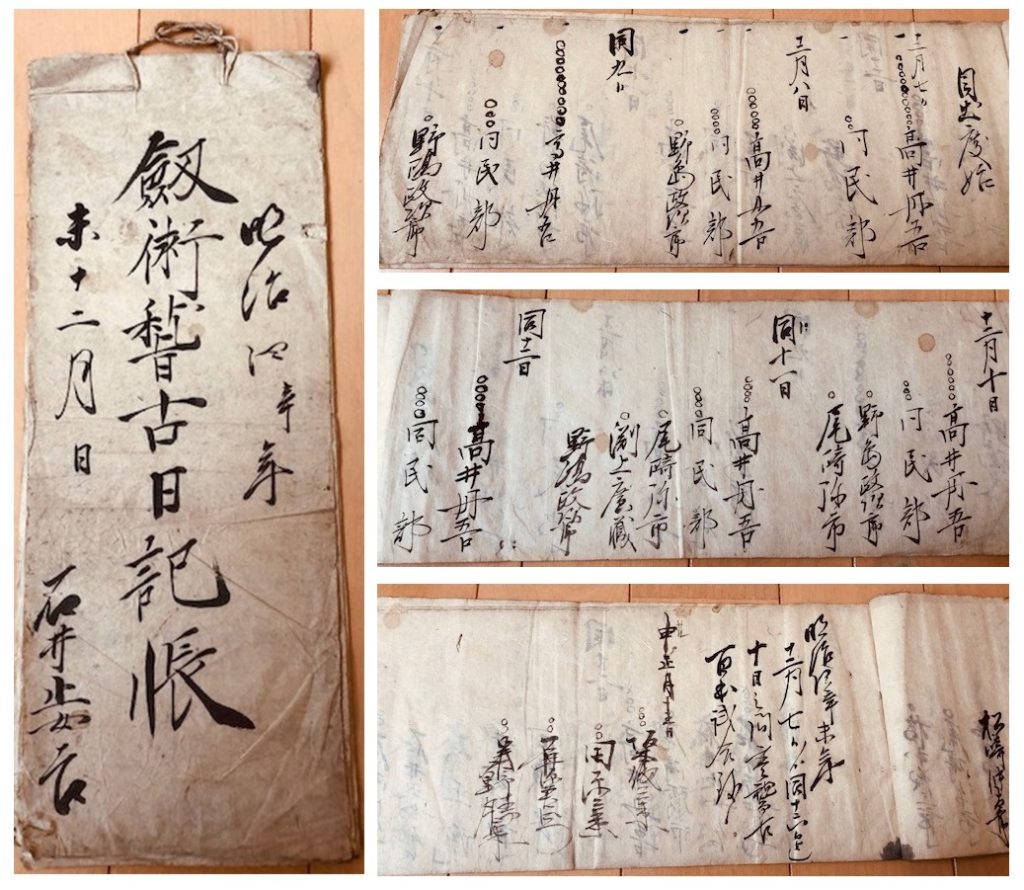“When I die, I don’t need an incense stick. Just make sure the sound of the shinai won’t stop!” Kondo Yūgorō Sensei (the 5th generation’s headmaster of Tennen Rishin Ryū) spoke these words just prior to passing away.
Unfortunately, many Tennen Rishin Ryū dōjō have halted the practice of bōgu training (called gekiken), and the sound of shinai (bamboo sword) no longer echo in their walls.
Novelists have contributed to creating a false image of the school in stating things like Tennen Rishin Ryū has focused a lot on katageiko (the form) instead of shinaigeiko…

Kondo Yūgorō Sensei with his students
Almost every ryūha (school) that was codified in the middle of the Edo era around the Kantō Plain adopted gekiken as the main system of training. Of course, there were some differences between the gekiken at each school, but the main differentiation from modern Kendō is found in the possibility of using nagewaza (throws), katamewaza (grappling), atemiwaza (strikes) in addition to even being able to hit an opponent’s body parts not protected by armor.
Not only samurai, but also farmers and commoners were attracted by these schools which offered the opportunity to become strong through strenuous, open combat practice. Tennen Rishin Ryū was no exception, and adopted gekiken as its main training method at the time of its foundation at the end of 18th century.
By reading the diaries of practitioners of the past, one can come to understand that every Tennen Rishin Ryū lineage taught kata as an accessory, and the techniques had to be mastered the hard way; through intense combat sessions.
Kondō Isamu, Hijikata Toshizō and Okita Sōji practiced in such a way. Such is the reason for their strength. And through this, Tennen Rishin Ryū’s fame grew across the country together with the Shinsengumi’s.
At the Hatsuunkan Kondō dōjō (established by Kondō Isamu’s son-in-law Kondo Yūgorō) gekiken used to be the main training system until the Second World War. However, training slowly began to switch to katageiko afterwards, which resulted in a completely different form from the original.

The Hastuunkan dōjō
Our representative teacher Katō Kyōji spent the last three years of his apprenticeship under Hirai Taisuke Sensei recovering the techniques that had become lost, resuming gekiken as the main training method. He received his Menkyo Kaiden (license of full transmission, the highest rank in the school) in 2013 just few weeks before Hirai Taisuke Sensei passed away.

Training log of Takai Tango Sensei, in which he listed and described every bout he fought
At the beginning of 2016 Katō Sensei created the “Tennen Rishin Ryū Bujutsu Hozonkai” (Association for the Preservation of the Tennen Rishin Ryū Martial Art) with the goal of nurturing strong students capable of preserving the school for the future generations.
